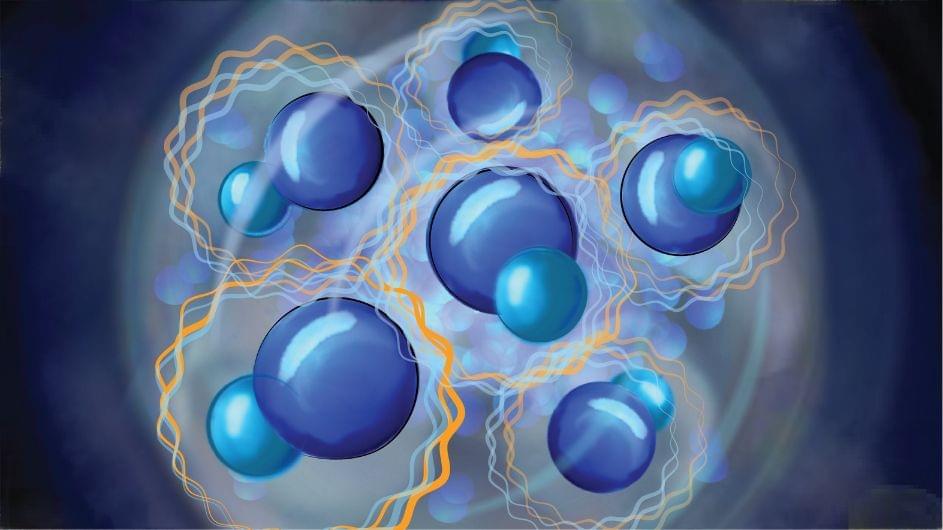Almost a century ago, physicists Satyendra Nath Bose and Albert Einstein predicted a theoretical state of matter in which individual particles would, at extremely cold temperatures and low densities, condense into an indistinguishable whole. These so-called Bose-Einstein condensates (BECs) would offer a macroscopic view into the microscopic world of quantum mechanics. In 1995, theoretical BECs became an experimental reality, which garnered the physicists who created them a Nobel Prize. Labs around the world— and even in space —have been creating them ever since.
All of the BECs created so far to ask fundamental questions about quantum mechanics have been made from atoms. It has proven much harder to make molecules cold enough to approach a BEC state, which hover fractions of a degree above absolute zero, and to keep the molecules stable long enough to conduct experiments.
“For twenty years, there have been proposals about what you could do with stable ultracold molecules, but it has been tough on the experimental side because the lifetime of molecular samples has been short,” said Columbia physicist Sebastian Will, whose lab specializes in creating ultracold atoms and molecules.
